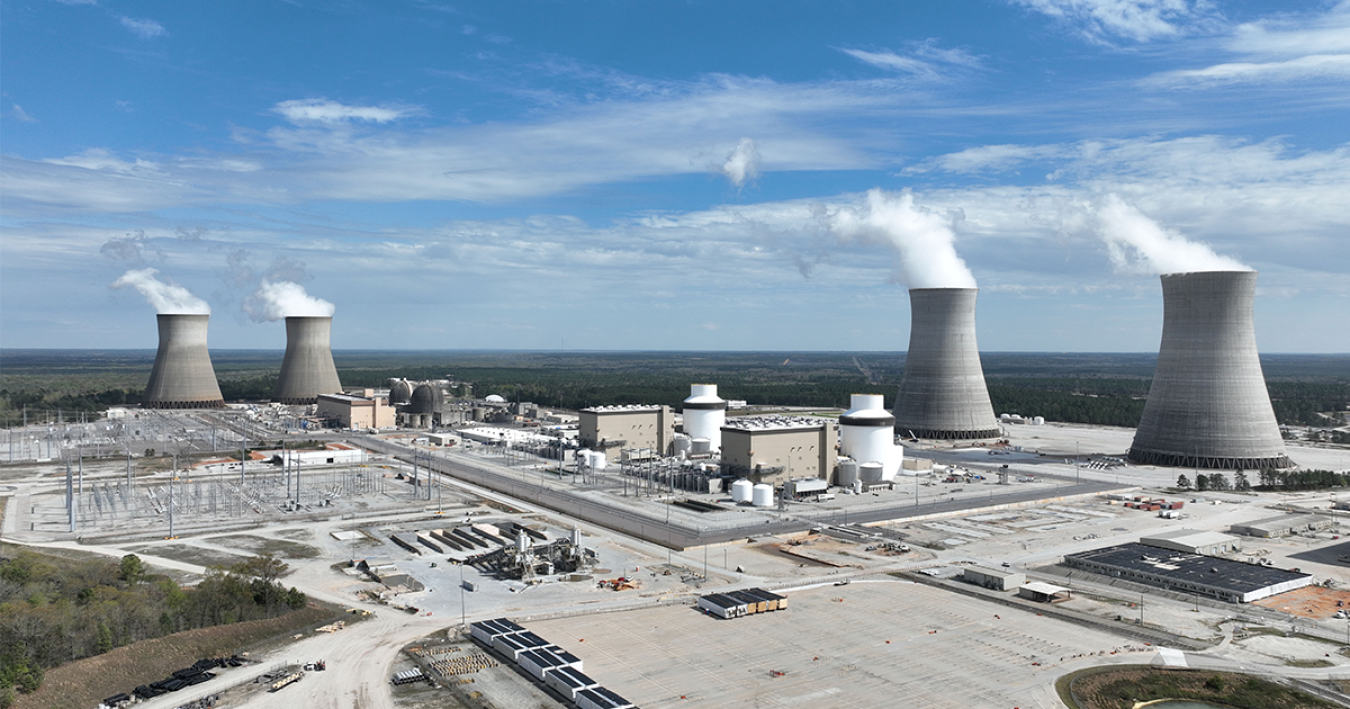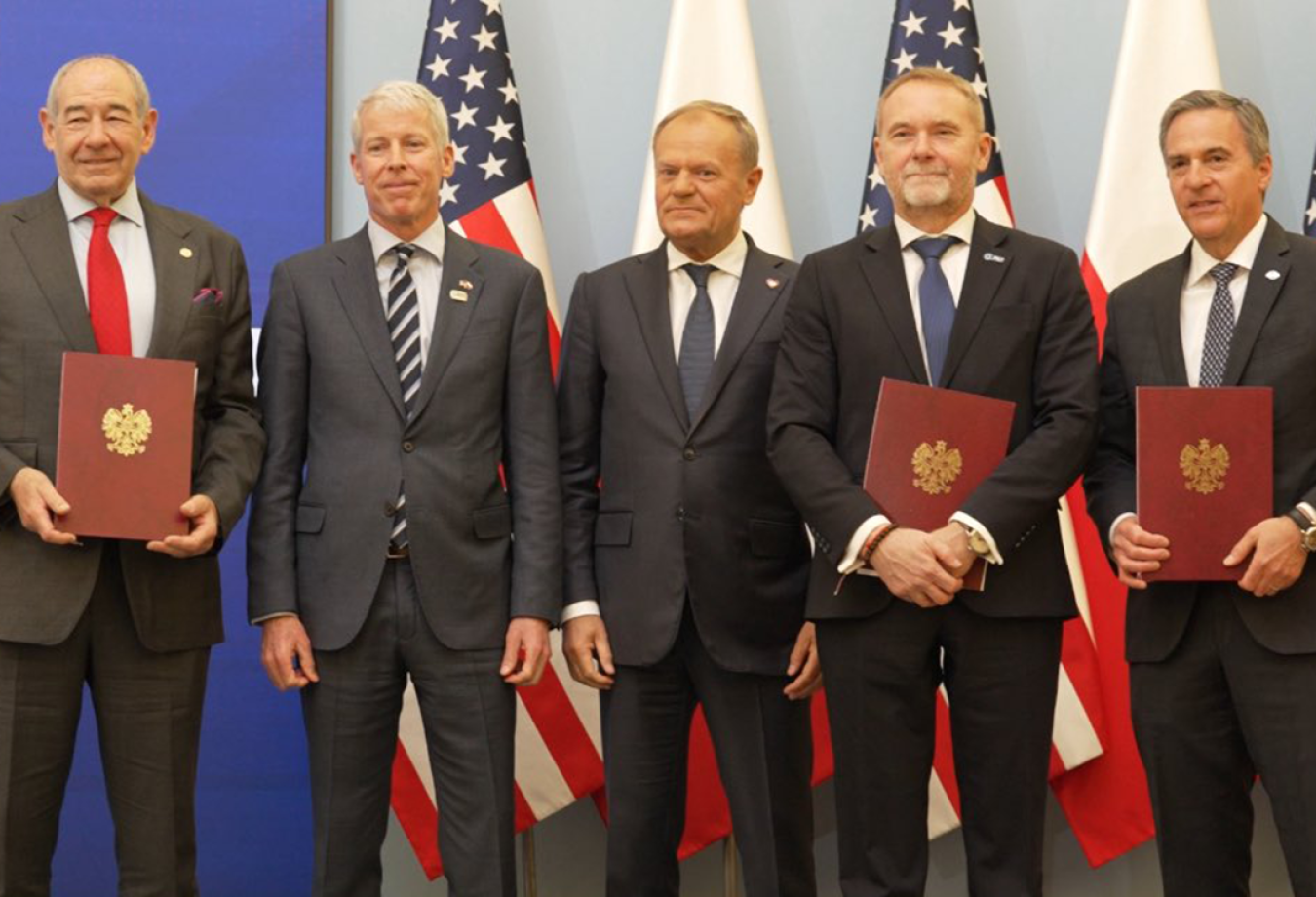Breaking down the President's plan to usher in a nuclear renaissance and expand America’s Energy Dominance agenda.
June 10, 2025On May 23, President Trump announced four executive orders aimed at reinvigorating America’s nuclear energy industry.
The orders lay out a plan to modernize nuclear regulation, streamline nuclear reactor testing, deploy nuclear reactors for national security, and reinvigorate the nuclear industrial base.
Together, they represent a bold new strategy for unleashing American energy and continuing our nation’s dominance as the world’s nuclear energy leader.
Let’s take a closer look at some of the key changes outlined in the executive orders:
1. Speed up Nuclear Reactor Licensing
President Trump wants the U.S. Department of Energy (DOE) to play a large role in significantly reducing regulatory risks to accelerate nuclear reactor licensing.
The executive orders instruct the U.S. Nuclear Regulatory Commission (NRC) to create an expedited pathway to approve reactors that have been safely tested by DOE or the Department of Defense (DoD). Also included is a comprehensive review of the NRC and the establishment of a deadline to evaluate and approve new construction and operation licenses within 18 months.
2. Add 300 Gigawatts of New U.S. Nuclear Capacity by 2050
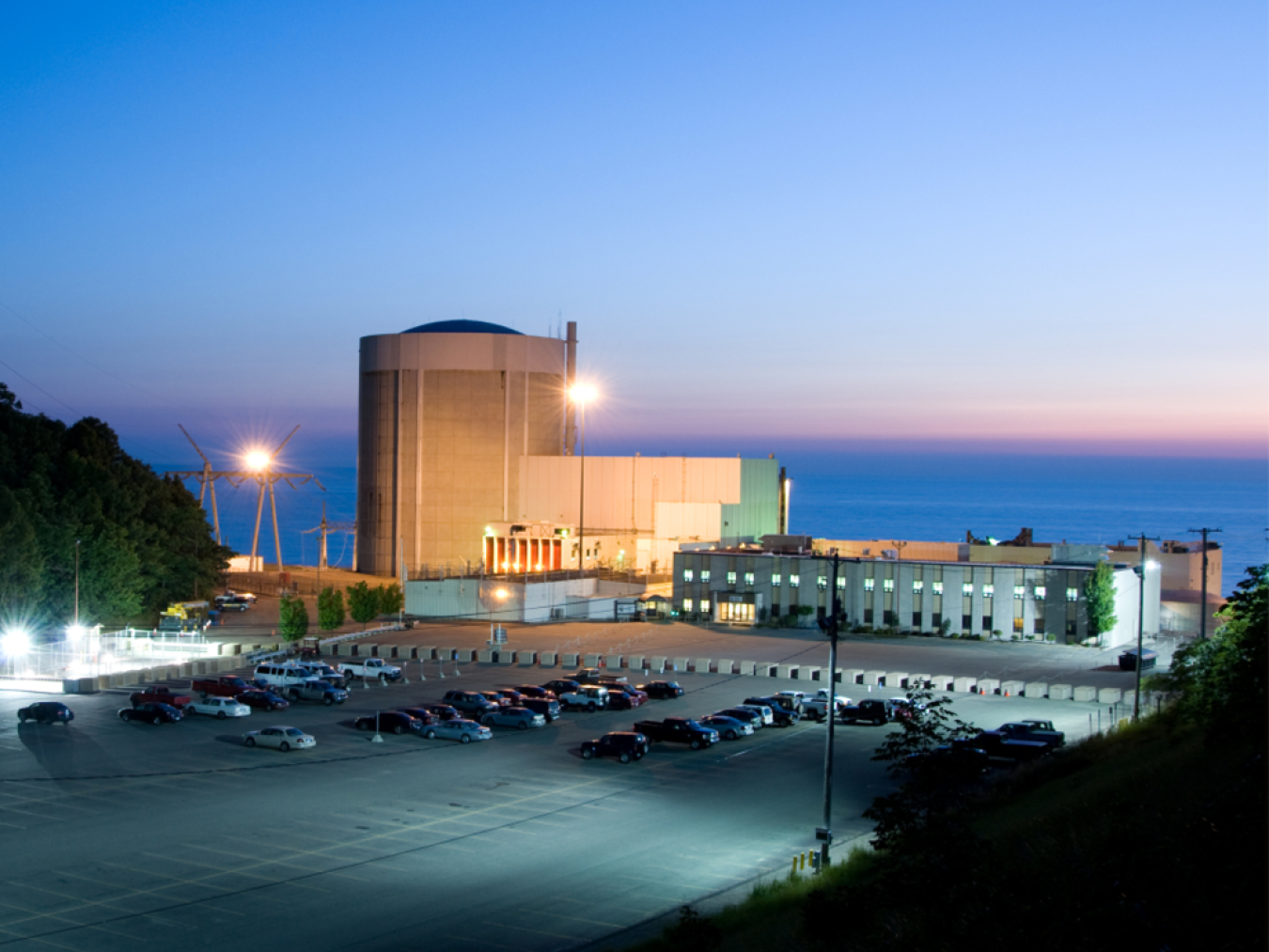
The United States is the number one producer of nuclear energy in the world, but just three of the nation’s commercial nuclear reactors were completed in the 21st century. President Trump’s executive orders seek to accelerate deployment of new nuclear reactor technologies and expand American nuclear energy capacity from around 100 GW today to 400 GW by 2050. That includes:
- Working with industry to facilitate 5 gigawatts of power uprates
- Leveraging the Department’s Loan Programs Office to support reactor restarts and finish partially completed construction projects
- Improving supply chains
- Having 10 new large reactors with complete designs under construction by 2030
3. Lay the Groundwork for Faster Reactor Testing
The executive order proposes that three pilot reactors could be built and tested outside of the national laboratories with the goal of achieving criticality by July 4, 2026, as part of an overarching plan to shorten the length of time it takes to test advanced reactors.
Going forward, DOE will revise its regulations and guidance for expedited review and approval of reactor projects under its supervision. The Department will also use all available authorities to eliminate or expedite its environmental reviews for authorizations, permits, approvals, leases, and any other activity requested by an applicant or potential applicant.
4. Deploy U.S. Reactors for AI and Military Bases
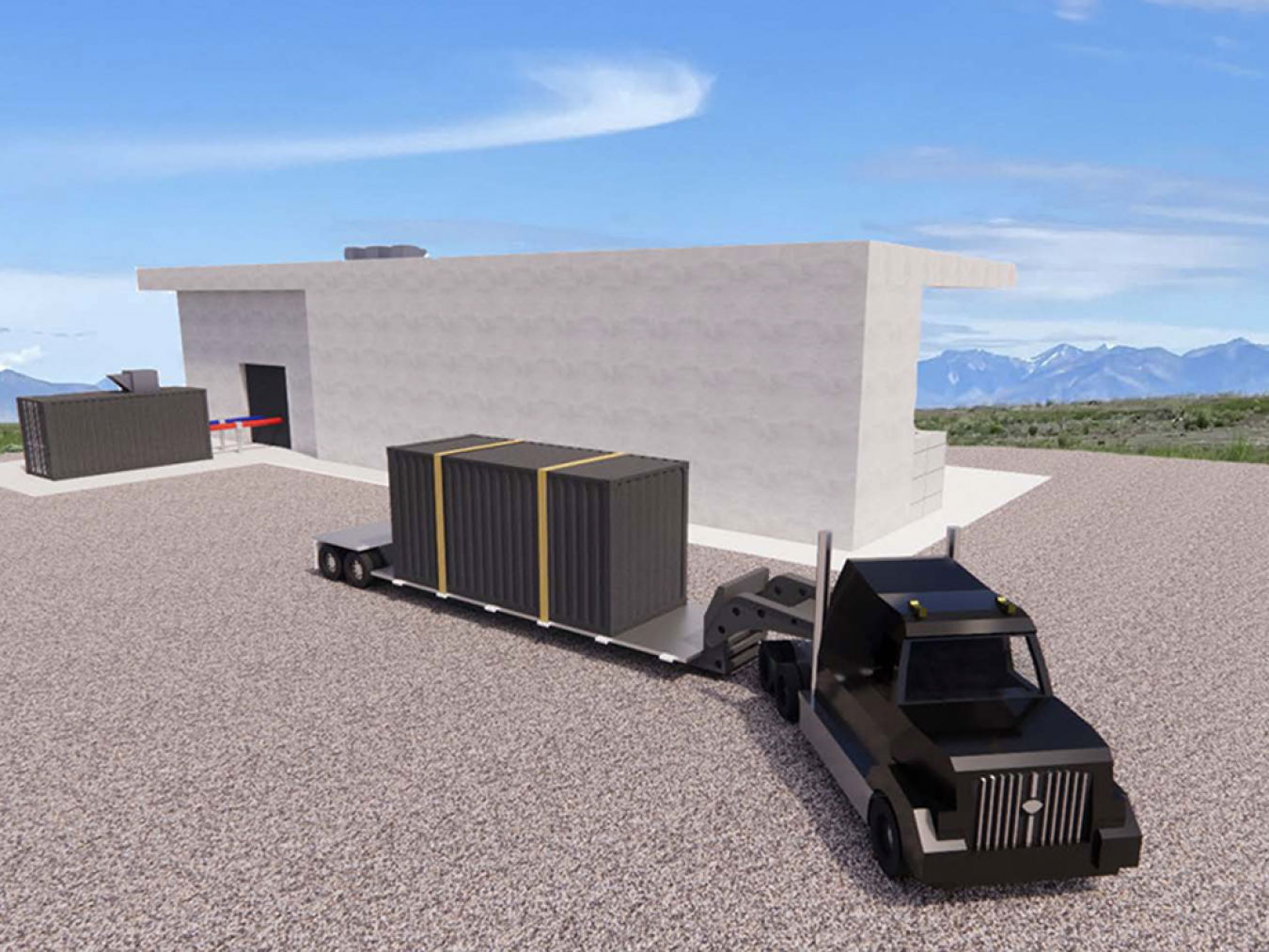
Advanced nuclear technology is cited in the executive orders as a pivotal element of President Trump’s national security strategy. He directed DOE to designate AI data centers as critical defense facilities and tasked the Secretary of Energy with utilizing all available legal authorities to site, approve, and authorize deployment of advanced reactors to power them. DOE will lay the groundwork for building and operating an advanced nuclear reactor supporting AI or other critical infrastructure no later than October 2027.
DoD was also directed to build a nuclear reactor at a domestic military installation to commence operations within the next three years, with DOE providing the technical advice needed for the design, construction, and operation of these military installation reactors. The two agencies were also instructed to coordinate on assessing the feasibility of restarting or repurposing closed nuclear power plants as energy hubs for military microgrid support.
5. Explore Fuel Recycling and Reprocessing
The United States hasn’t recycled or reprocessed commercial spent nuclear fuels since the 1970s, and the President’s executive orders seek to change that. To that end, DOE is instructed to find ways to efficiently transfer spent nuclear fuel from commercial light-water reactors to a government-owned, privately operated reprocessing and recycling facility. The Department will also evaluate reprocessing and recycling of spent nuclear fuel from DOE- and DoD-managed reactors and recommend improvements to those processes to make efficient use of the recovered materials. Additionally, the President ordered the creation of a program to dispose of surplus plutonium by processing and making it available for advanced reactor fuel fabrication and identify ways to permanently dispose of the waste products.
6. Amp up Domestic Nuclear Fuel Production

One of the big takeaways from the executive orders is that President Trump wants to maximize domestic production of nuclear fuel. Building out the U.S. nuclear fuel supply chain will reduce the nation’s dependence on foreign sources of uranium and enable long-term expansion of American nuclear energy. That means a focus on increased mining, enrichment, conversion and deconversion capabilities — and even recycling and reprocessing of spent nuclear fuel — with assistance from DOE-supported nuclear industry consortia. Of note: DOE will release at least 20 metric tons of high-assay low-enriched uranium (HALEU) into a fuel bank for private sector projects powering AI infrastructure at DOE sites.
7. Bolster the American Nuclear Workforce
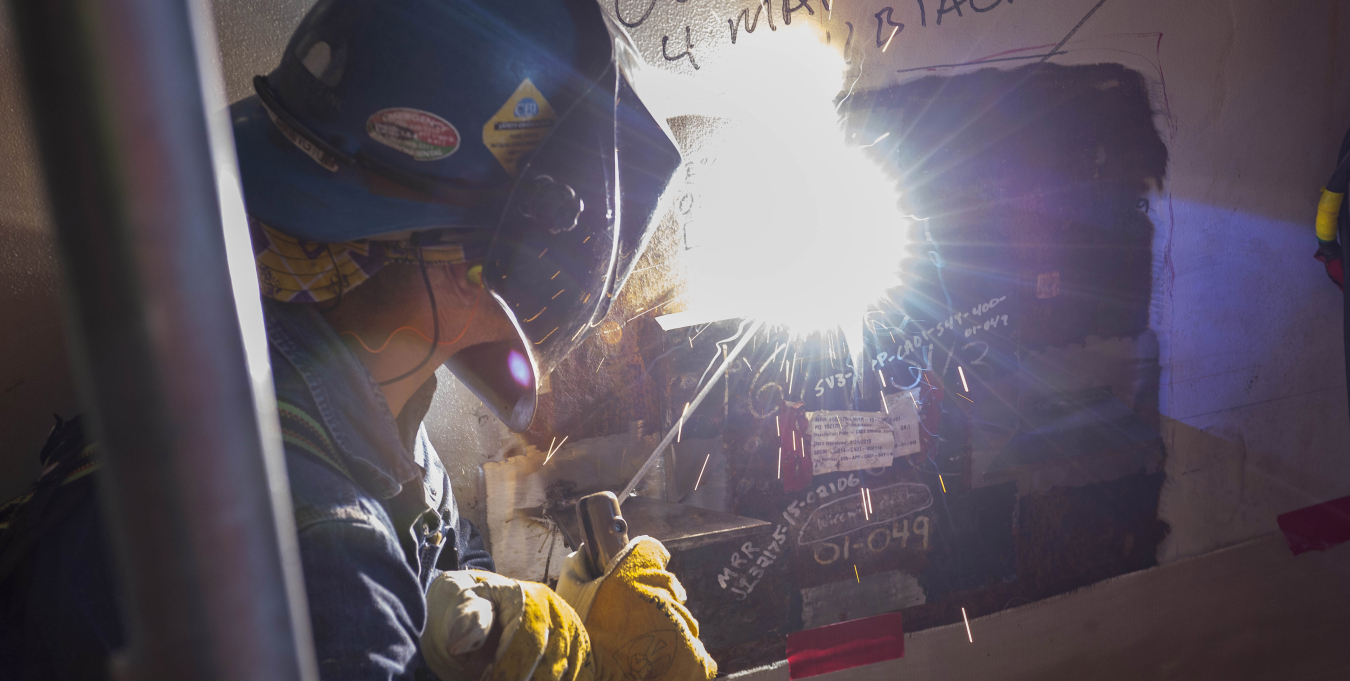
According to the executive orders, 60 percent of the nuclear workforce is between the ages of 30 and 60. In order to generate a pipeline of workers to supply the demand for this crucial industry, new emphasis will be placed on increasing participation in nuclear-related apprenticeships and education programs. Nuclear engineering and nuclear energy-related careers will be considered priority areas for federal investment, and DOE is also directed to increase access to R&D infrastructure, workforce, and expertise at the national laboratories for college and university nuclear engineering students.
8. Assess Spent Nuclear Fuel Management
Spent nuclear fuel was another key issue highlighted. President Trump tasked the secretaries of energy, defense, and transportation, along with the director of the Office of Management and Budget, to recommend a national policy on spent nuclear fuel management and high-level waste that considers the development and deployment of advanced fuel cycle capabilities to establish a safe, secure, and sustainable long-term fuel cycle.
America’s Nuclear Renaissance
With the pressing need for more American energy to meet the challenges of AI and secure our nation’s energy dominance, President Trump’s vision for a revitalized U.S. nuclear energy industry comes at the perfect time. These executive orders will unshackle our civil nuclear potential and usher in an American nuclear energy renaissance, ensuring abundant, reliable, and affordable energy for the United States. Tell us what you think!
Dr. Michael Goff

Dr. Michael Goff is the Principal Deputy Assistant Secretary for the U.S. Department of Energy’s Office of Nuclear Energy. Prior to joining the office as the PDAS, Dr. Goff was on assignment from Idaho National Laboratory (INL) to the Office of Nuclear Energy, where he was serving his third term as senior advisor to the Assistant Secretary. Dr. Goff also served a multi-year assignment as the assistant director for Nuclear Energy/Senior Policy Advisor in the Office of Science and Technology Policy in the Executive Office of the President. He has held several management and research positions over more than 30 years at INL and Argonne National Laboratory.
Dr. Goff has more than 70 publications related to the nuclear fuel cycle including separations technology, high-level waste development, and safeguards. Dr. Goff has a bachelor's degree of nuclear engineering (1986), a MSNE (1988), and a Ph.D. in nuclear engineering (1991), all from Georgia Tech.


